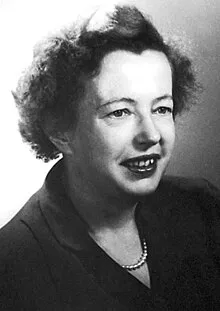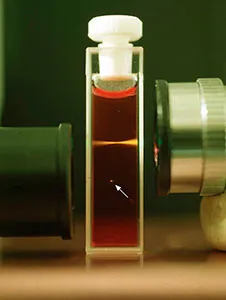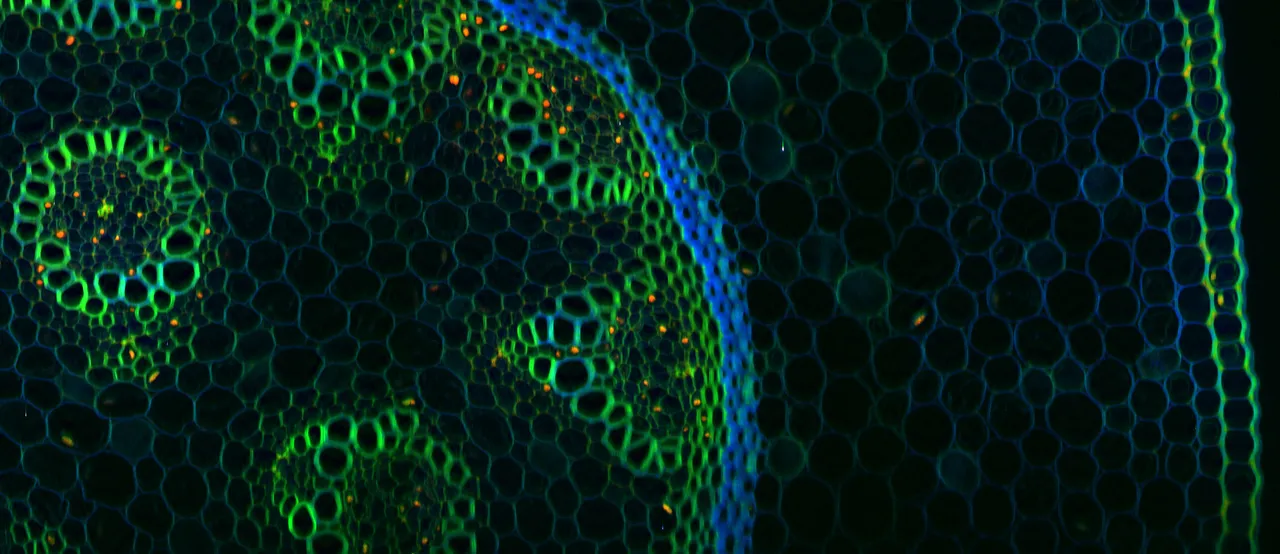A couple of days ago, I’ve finally got the chance to work on two-photon laser scanning fluorescence microscope – and I was delighted with the results.
I will write from the perspective of a biologist, concentrating on practical advantages.
Normal, boring fluorescence microscopy
As you can see from this schematic representation, a regular fluorescent microscope is just what you would expect to see. Fluorophores are excited, usually with λ of about 400 nm. Fluoresced light will be of higher λ, and that’s it basically.

Figure from Wiki
This approach has numerous unavoidable drawbacks:
· during the illumination, light gets scattered while penetrating through the sample. According to physics, it depends as 1/λ4 , but unfortunately, there is nothing special you can do about it, as the absorption spectrum of fluorophores is limiting the values of λ
· absorption… This is tricky, because basically everything you can encounter in biological samples is absorbing in UV, blue-green region… Then, suddenly, nothing happens between 650 and 1300 nm, and after passing 1300 nm, absorption is rising again. If you don’t trust me, take a flashlight and illuminate your finger. It will glow – red. Again, there is nothing you can do, as fluorophores are determining suitable λ
· another problem is the fact that you are not illuminating the point of interest. Instead, you are illuminating the whole conic area above and below the desired point. Everything on the path will give you a nice bokeh-licious background noise. You can use some clever optical tricks such as thin-sheet microscopy, but it’s a different topic
· after all the suffering to provide the excitation, emitted light needs to pass through all those obstacles before you can record it. Of course, you can add a pinhole and get a confocal microscope. It will be better, but it will not be perfect
In the end, depth will be limited, images are going to be a bit cloudy and noisy and while illuminating the fluorophores you will inevitably damage everything, because everything is absorbing in that range.
The solution
The idea came in 1930’s from Maria Goeppert Mayer, Nobel Laureate in Physics.

Thank you Maria and thank you Wiki
It sounds simple, but it took 70 years to technically implement it *(after several decades of theoretical work). In total, about 100 years.
Due to magic of quantum chemistry, symmetrical fluorescence molecules can be excited if two (multiple) photons of 2 times higher value of λ (2 times less energy), simultaneously excite the same molecule. In this case, simultaneously means less than 1 femtosecond. Not milli, not micro, not even nano, nor pico, but 1000 times faster than pico.
Also, if 2 photons must be absorbed in order to obtain fluorescence, the excitation is no longer linear. There is no cone anymore, but a dot.

Famous Bradshaw’s image. Perfectly confocal, without even trying hard.
The drawback that will cost a lot is a laser, powerful enough to make the impossibly low probability event happen.
There are only two options, you can make a nuclear plant and the 150kW strong laser that can melt a battleship. Or… It can make incredibly short pulses. Such lasers are usually Ti-Saphire lasers, nice and tunable in 700 – 1000 nm range, making them perfect for a plethora of Alexa probes.

Stolen from Wiki, dark is dark
Finally, the price: about 150.000 $